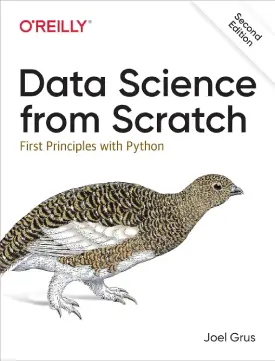Data Analytics
What is Data Analytics?
Data analytics deals with the processing of data (often raw) and subsequently extracting valuable information, which helps in further decision making. Processing includes obtaining, storing, inspecting, cleaning, transforming, organising, and modelling of data. Representation of data analytics is often associated with charts and graphs, tables, images, as well as other visualisation tools in order to support a better comprehension of the outcome.
Data analytics is in almost every industry, from finance and artificial intelligence, to healthcare and travelling.
There are 5 types of data analytics: descriptive analytics, diagnostic analytics, predictive analytics, prescriptive analytics, and cognitive analytics.
1. Descriptive analytics
Descriptive analytics answers the question, “What has happened?” or with live data, “What is happening?”.
The tools in descriptive analytics tend to describe and summerise information, and as such can be used either on a sample or the whole dataset.
Some examples of descriptive analytics are customer behaviour reports, political polling, and profit and loss statement.
2. Diagnostic analytics
Diagnostic analytics answers the question, “Why did it happened?” or with live data, “Why is happening?”.
The nature of diagnostic analytics is to identify the reasoning (cause) behind a certain event, whether positive or negative.
Some examples of diagnostic analytics are explaining customer behaviour, examining market demand, identifying product issues,
3. Predictive analytics
Predictive analytics answers the question, “What is likely to happen?”.
The process behind predictive analytics aims to analyse historical as well as current information and predict future outcomes.
Some examples of predictive analytics are risk assessment, sales forecasting, diagnoses and treatments predictions, weather forecasts, and predictive inventory.
4. Prescriptive analytics
Prescriptive analytics answers the question, “What to do?”.
The tools of prescriptive analytics use techniques to predict the possible effects of certain actions and subsequently recommend the most probable decision options.
Some examples of prescriptive analytics are production optimisation, airline ticket adjustment systems, inventory scheduling systems, and banking anti-money laundering systems.
5. Cognitive analytics
Cognitive analytics answers the question, “What can be improved and automated?”.
The aim of cognitive analytics is to create automatic and adaptive systems, which continuously learn and adjust to new changes.
Some examples of cognitive analytics are unstructured data sourcing, large transaction analysis, customer acquisition optimisation, augmented productivity and efficiency, and healthcare image interpretation systems.
Previous: Data Preparation




